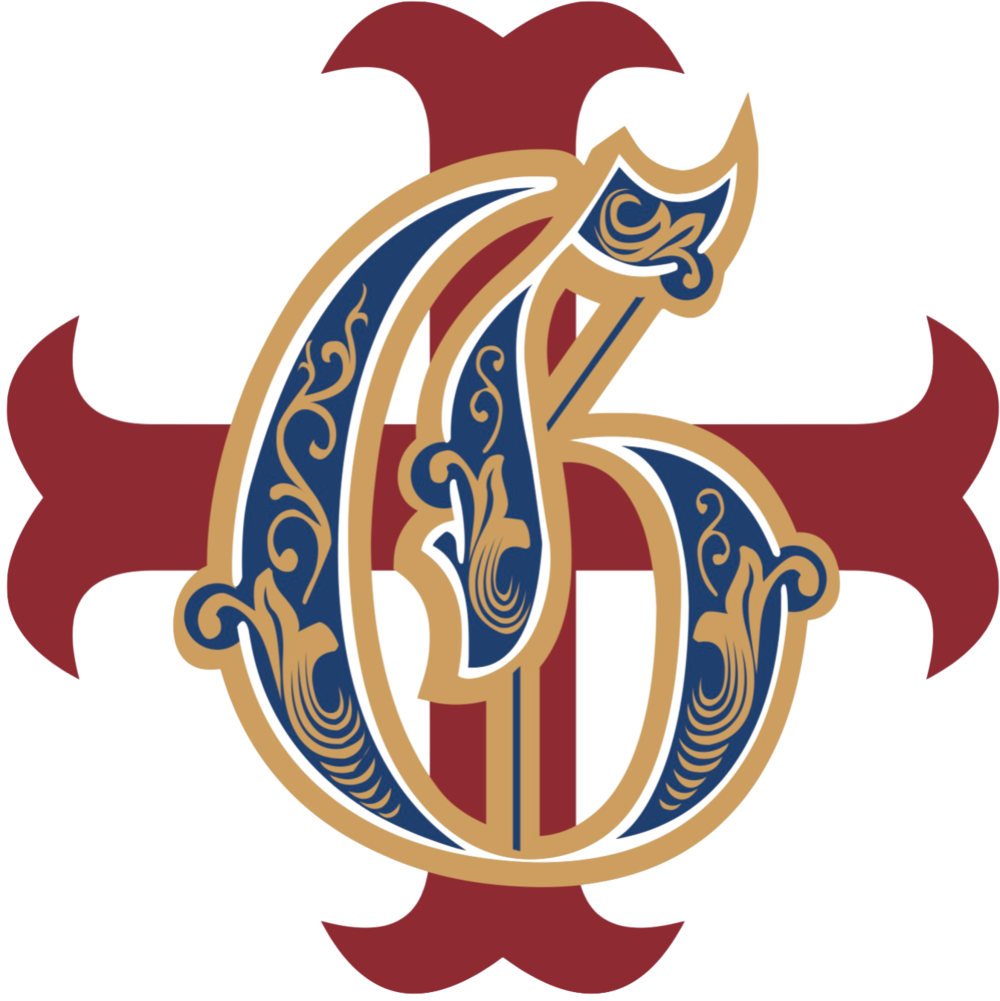Why Read the Great Books? Why Ad Fontes? The Common Response … and Then Some
Literally meaning “to the sources,” the Latin expression ad fontes refers to the emphasis during the Renaissance period to study Greek and Latin classics in their original languages. The necessity of this approach for accurate interpretation and translation of classical texts was adopted by proponents of the Protestant Reformation, leading to fresh translations of Scripture based on manuscripts written in Greek (for the New Testament) and Hebrew (for the Old Testament). This conviction—that reliable knowledge is contingent on an accurate reading of original sources—explains why reading the Great Books is a sine qua non for most classical schools. Whereas reliable textbooks provide only a landscape mural, regulated by artistic interpretation and personal idiosyncrasies, the Great Books themselves are landscapes through which we are invited to navigate and explore.
The Great Books of the Western canon are commonly assumed to begin with Homer and end with C.S. Lewis. While many of these books are written by pagans, they, as works of art written by fallen image-bearers of God, still exhibit varying degrees of unity, truth, beauty, and goodness. As one author put it, “All human art, literature, actions through history, thought, and theological understanding are enveloped in God’s universal truth.”[1] Since our God is truth, beauty, and goodness and is essentially a tri-unity (Father, Son, and Holy Spirit), we can study God’s divinely structured patterns and transcendent ideals by reading classic literature. Such observations directly inform the ways we interact with the natural world, the culture in which we find ourselves, and the different ideas we encounter daily.[2] Arguably, this is the most common theological argument proposed in favor of reading the Great Books in classical Christian context, but there are many other good reasons to read good books. I’ll list eight of these reasons:
1) Reading deeply from the Western canon trains students how to understand, analyze, and evaluate the greatest ideas that have shaped past and current human history. If students know where we came from and where we currently are, then they can accurately predict where certain ideologies and events will take human society in the future.
2) Having stood the test of time, the Great Books provide an ancient and noble tradition of liberal education and a long line of people who represent the best of human thought, character, and creativity. Exposing students to such a treasure trove piques their own curiosities, inspires them to express their own creativity, and heightens their own aesthetic sensibilities.
3) As C. G. Kim argued recently, “The insights learned along the way in pursuits outside of the revelation of Scripture enhance one’s knowledge of Scripture itself.”[3] Just as an archaeological discovery can shed new light on a passage of Scripture, so can an idea or argument articulated in a classic text contextualize or enlighten key concepts in Scripture.
4) The ancients had high standards of excellence—aesthetically, rhetorically, philosophically, literarily, theologically, and so on. By letting them set the standard and pace for us (rather than many whimsical, flabby, and pragmatically-laden curricula available in modern culture), we can ensure that students are being challenged within reasonable limits.[4]
5) It is nonsensical to teach children how to read well and then leave them to their own devices—to read books that are flocculent, shot through with pure sentimentalism, obscene, or dehumanizing.
6) Students should learn to recognize excellent craftsmanship when they see it and regardless of who created it. Excellent art is simply that, good art, rendered possible by Christ, the creator and sustainer of all things. This makes it possible for students to worship God in gratefulness as they experience the enchantment and wonder caused by one of Beethoven’s symphonies or Michelangelo’s paintings.
7) T.S. Eliot once remarked, “So long as we are conscious of the gulf fixed between ourselves and the greater part of contemporary literature, we are more or less protected from being harmed by it, and are in a position to extract from it what good it has to offer us.”[5] If we want to arm our children adequately enough to fight the good fight of faith in a world hostile to Christianity, then we must equip them to know how to use the arsenal at their disposal and how to outmaneuver their enemies, lest they be seduced or defeated by them.
8) The Western canon was read, studied, and enjoyed by the authors responsible for the Great Books themselves (e.g., the influence of Plato’s metaphysics and epistemology on St. Augustine). Thus, the Great Books are deeply interconnected, having influenced our current literary landscape in profound ways.
Obviously, many more reasons to read the Great Books could be listed, but I hope this list provides you with a glimpse into why GCCA is a Great Books program. Part of what an excellent education requires is an excellent literary education, especially if that literature is read in the languages in which they were penned. Reading the Great Books is not only a very “classical” thing to do; it’s also invaluable for effective Christian training.
-By Preston L. Atwood
Headmaster
[1] D. Goodwin, “Why Integration Is an Indispensable Part of Classical Christian Education,” Classis 24 (Dec 2017): 12.
[2] The Association of Classical Christian Schools, “The ACCS on Classical Christian Education,” 4; available at https://mrc.classicalchristian.org/wp-content/uploads/2017/02/The-ACCS-on-Classical-Christian-Education.pdf.
[3] C. G. Kim, “What Does It Mean to Teach ‘Classically’?” Classis 26 (2019): 8.
[4] D. Wilson, “The Why and How of Literature,” in Repairing the Ruins: The Classical & Christian Challenge to Modern Education (Moscow: Canon Press, 1996), 164.
[5] T.S. Eliot, writing in The Great Critics, eds., J. H. Smith and E. W. Parks (New York: Norton & Co., 1951), 730.
